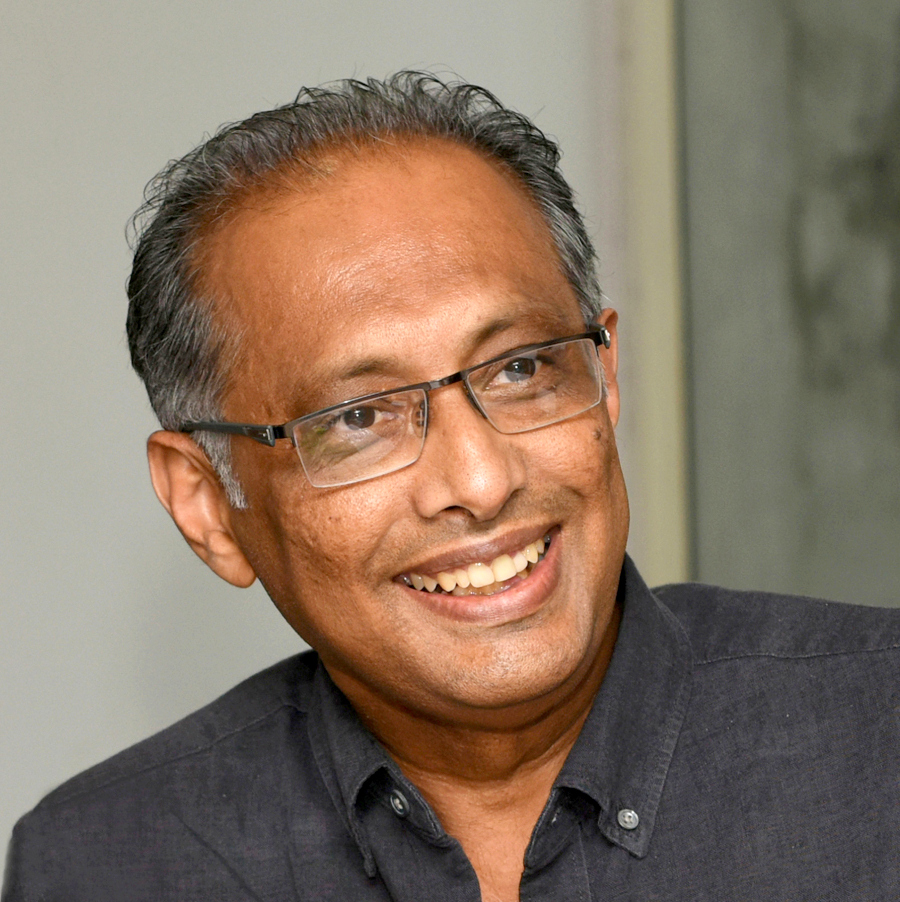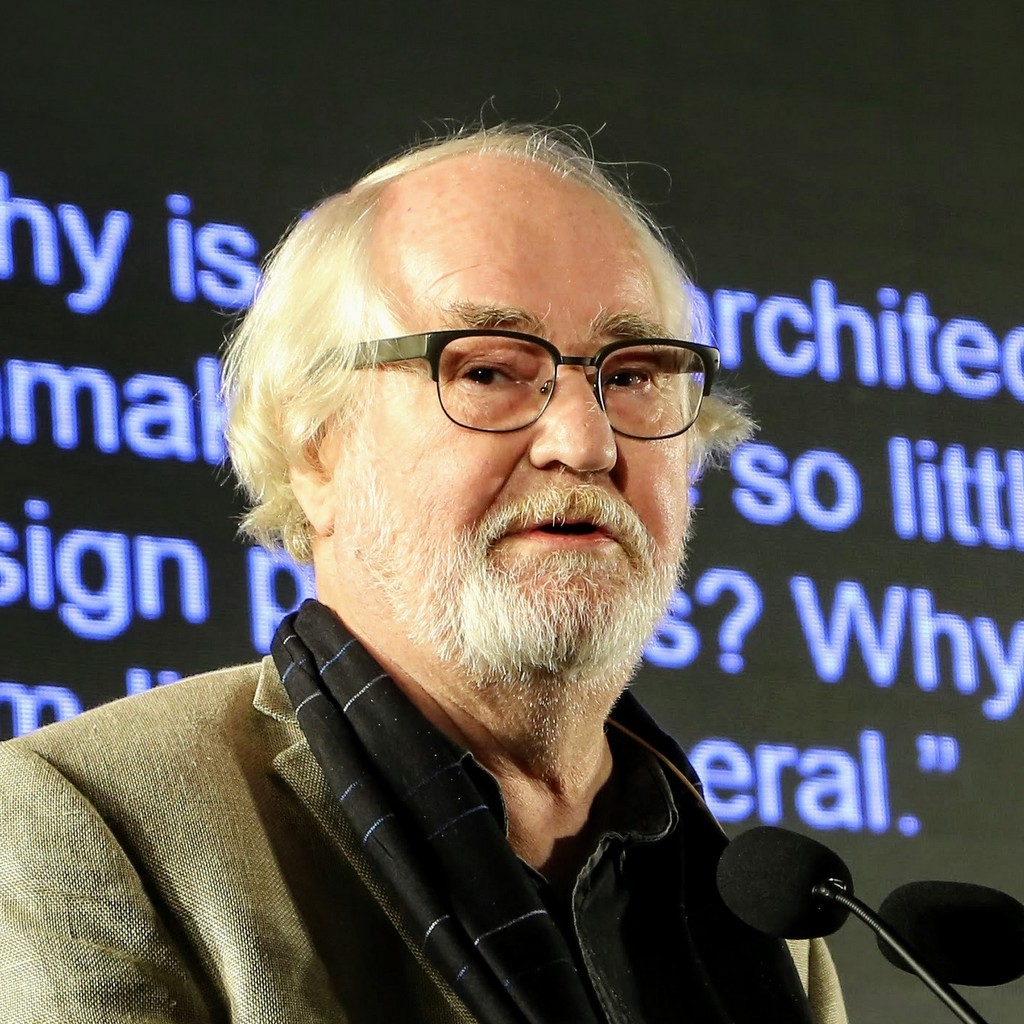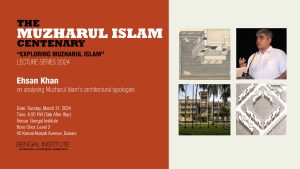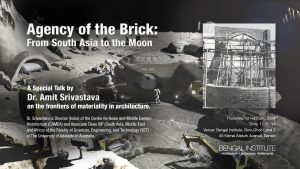Bengal Architecture Symposium 02 - Doshi/Pallasmaa: Two Talks and a Conversation
Tue 15 Nov - Tue 15 Nov' 16
The Second Bengal Architecture Symposium was organised by Bengal Institute for Architecture, Landscapes and Settlements and Bengal Foundation to honour the works and philosophy of two renowned architects, Balkrishna Doshi and Juhani Pallasmaa.
Lecture by Balkrishna Doshi
The master Indian architect, Balkrishna Doshi opened the lecture by expressing his gratitude and experience of visiting Dhaka. He talked about his experience of travelling all over the city of Dhaka and discovering its various elements. He pointed out the similarities in vitality and energy between India and Bangladesh. Mentioning that he learnt the craft of architecture from Le Corbusier and Louis Kahn, Doshi talked about his journey of revising, pursuing, understanding and analyzing architecture.
Doshi mentioned that the versatility of life in India needs to be acknowledged while practising architecture. He elaborated on the role of architecture with respect to social reconstruction. According to him, architecture must bridge the gap between communities and act as a connection between its people. In that context he added— the role of an architect must be similar to that of a social activist. He believes that, an architect must create transformation, change and awareness. In short, the architect must be an active member of the society.
Doshi mentioned the similarity between a human life and a river— identity of life can be compared to that of a river’s. Doshi also discussed some of his projects, namely the Indian Institute of Management in Bangalore, Kanoria Center for Arts in Kolkata and Sangath in Ahmedabad. According to him, architecture is the design of a total environment where the whole system becomes a living entity, which must not have a finite line. It should have diverse proportions according to its need. This to him is one of the primary targets of his practice.
Lecture by Juhani Pallasmaa
Renowned Finnish architect and writer Juhani Pallasmaa began his talk by sharing the view, that architecture is the choreography of life. There is interaction and resonance of life within it. He feels that not enough architects understand atmospheres in our consciousness and imaginations. He argued that perceptions have a distinct imaginative component.
Pallasmaa says that architecture is a combination of two realms— one which is a physical matter of execution and the other which is of mental imagery. According to him, buildings are products of execution of the mental imagery. Pallasmaa categorised imagination into two quantitative types: the formal imagination which is primarily engaged with topological facts, and the empathetic imagination which evokes multisensory, integrated, and lived experiences of the flesh. According to him, artistic works are not symbols or metaphors for something else, they are authentic realities. All art exists in two realms simultaneously – one of physical matter and execution and another of mental imagery. He believes that even the art of poetry is engaged with the material world and the body.
Doshi and Pallasmaa – A Conversation
Moderated by Kazi Khaleed Ashraf
Continuing the themes of their talks, both Pallasmaa and Doshi reflected on their visit to Parliament House earlier that morning. Doshi spoke about Louis Kahn’s drawing techniques while preparing design for the Parliament House. He mentioned that Kahn would touch the tracing paper with his charcoal very gently and felt that he, his mind and body were all connected to the drawing. So, it was a total bodily experience for him. The conversation continued with the interpretational and methodological processes involved with drawings. The architects discussed the challenges and distinction between use of charcoal and computational methods. Juhani Pallasmaa said that drawing is the process of bringing imagination to life. He said that today’s way of life makes use of technology in a way that leads to loss of knowledge on environment. Both Doshi and Pallasmaa talked about how should one prepare to being an architect, especially in the curricular format of today’s institutions.
Balkrishna Doshi mentioned that the nature and imagery of Dhaka city has disappeared from our minds. He said that we do not know what to prioritise in life. Thus the city is losing its natural assets. He also reminisced about his experience of being in the Parliament House and shared his days of working in Louis Kahn’s office when the plans for the building were being developed.







